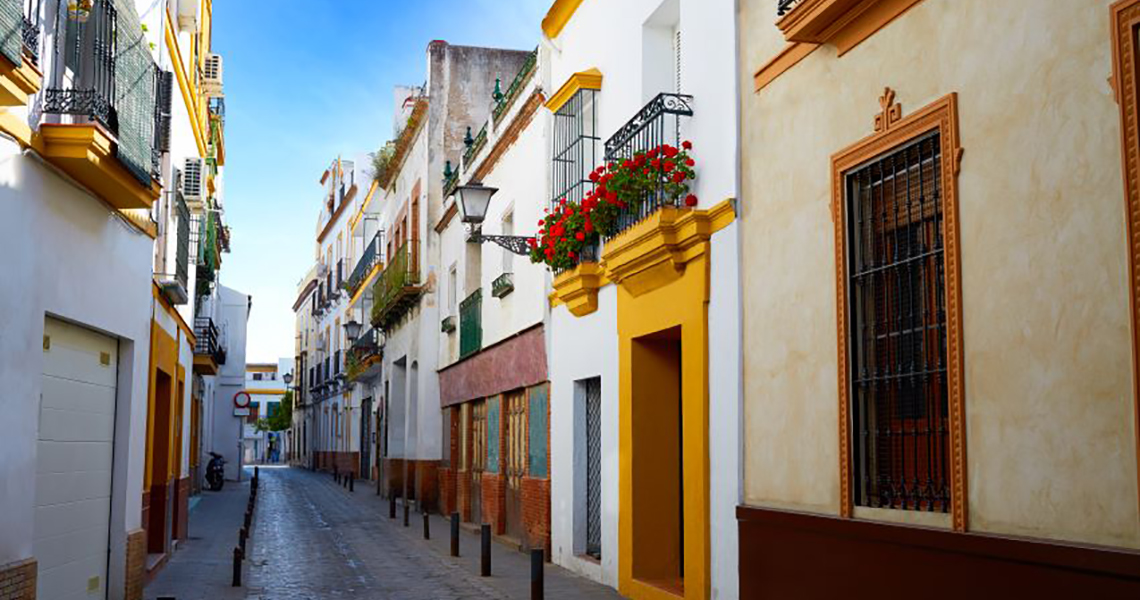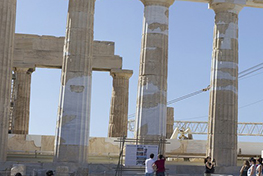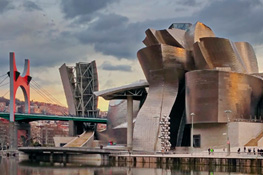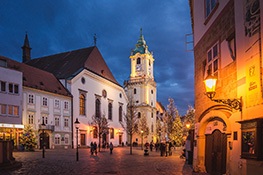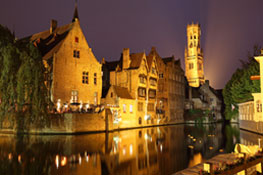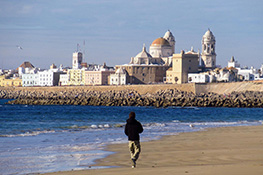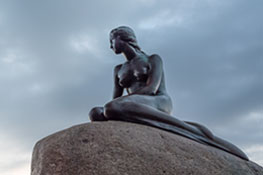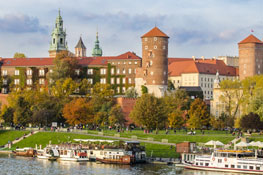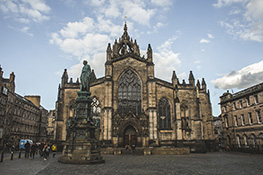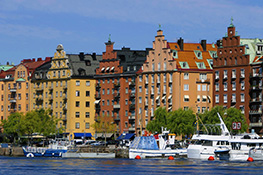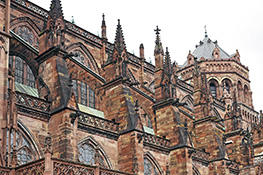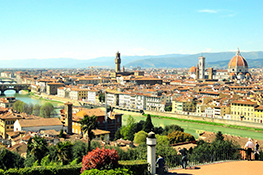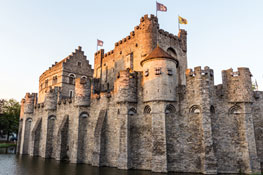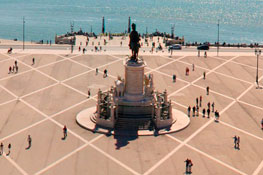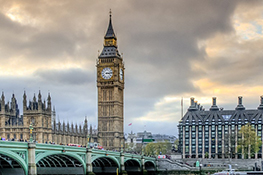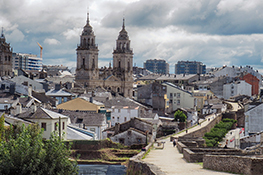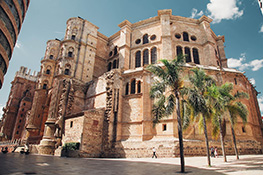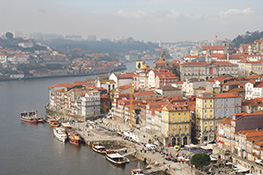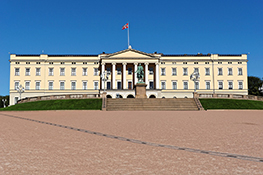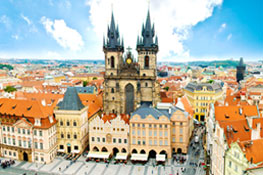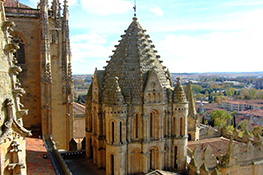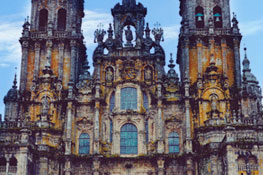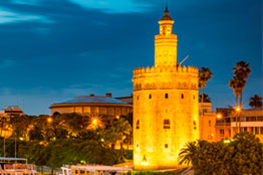The beautiful city of Seville, capital of the Tapa, flamenco and of all Andalusia, is the fourth largest city in Spain and, for a time, it was the pride of the Almohads and a jewel for the Castilians, who became the door of the Indies, place from where the dreams of the New World set sail. All this is reflected today in the traces left by the vicissitudes of time and which are easily recognizable in the streets and buildings of the neighborhoods of Seville.
Popular neighborhoods of Seville
With its almost 700,000 inhabitants, the 11 districts and 108 neighborhoods that make up the Sevillian city, highlight both the areas of highest tourist value, as well as the demarcations of simple expansion, creating an immense municipality of curious contrasts. In this way, it is worth taking a walk through its many places and especially those typical neighborhoods of Seville, that either through our simple vision or from the always interesting perspective of the best guides, is shown to us as that beautiful and ancient treasure, which surprises strangers and countrymen as it passes through the river banks of the Guadalquivir.
Santa Cruz neighborhood
In this neighborhood, we can find the magnificent Alcazar of Seville and its palatial rooms and gardens, in addition to the Archive of the Indies and the impressive cathedral, which in its day was, ahead of the Basilica of Rome, the largest temple in the Christian world.
El Arenal neighborhood
Named for having once been a sandy terrain, where the famous Torre del Oro is located, a colossal construction that crowns the river as it passes through Seville, apart from the Plaza de Toros de la Maestranza and the theater of the same name. Here also is located the well-known and baroque Magdalena Church.
Triana neighborhood
The oldest neighborhood in the city continues to invite you to get lost in its narrow cobbled alleyways and stop at its small and handmade shops. Here is Isla de la Cartuja, island that was once the residence of Christopher Columbus and today houses the Andalusian Center for Contemporary Art, a recommended enclave for the search for peace and tranquility of the visiting patient.
La Macarena neighborhood
Delimited with the northern part of the historic center, this composes one of the largest districts of the Andalusian capital, in which you can visit an important number of Mudejar-style churches and convents, among which the picturesque Basilica de la Macarena stands out.
The best and exceptional areas
After listing the most admired corners of the Hispanic town, you can see how some of them correspond to the best neighborhoods in Seville, where the quality of life, added to the central location, shows the best sectors to live, to which other few and unbeatable add:
Old town
It is one of the largest in Europe. It includes the neighborhoods of Santa Cruz, San Bernardo or El Arenal, the center of the highest concentration of bars, restaurants, and agglomeration of the most representative tourist and cultural monuments of Seville.
The medicines
One of the largest in the entire urban core is the focus of a huge population, which cohabits with relevant avenues and sites of real interest, such as the April Fair, the Princes Park or the Carriage Museum.
San Pablo-Santa Justa
Despite not prevailing in antiquity, this neighborhood exhibits one of the largest rents in the entire city, with the main railway stationand being an excellent destination for prominent shops and social activities.
Nervion
A district especially located and equipped with a more than remarkable infrastructure of transport, restaurants and commercial venues and has to his credit the stadium of the most successful club in the city, Ramón Sánchez-Pizjuán of Sevilla FC, as well as the Temple of the Cross del Campo, which gave its name to the famous beer brand, and the Church of the Immaculate Conception, whose building had its motive in the Ibero-American Exhibition of 1929.
The least recommended areas
The great inequality is represented in those considered as “worst neighborhoods in Seville”, areas that are not particularly attractive, with lower quality of life for its inhabitants, among which population minorities and low-income people stand out, which makes these neighborhoods Circumscriptions of difficult and little recommended transit.
Birds
With one of the lowest incomes, "Los Pajaritos" is eminently residential and one of the poorest neighborhoods in Spain. In it reside more than 15 nationalities that live outside the economic bonanza of their neighbors.
Polígono Norte and El Vacie
Working tradition, this polygon has experienced a great depression, mainly due to drug trafficking, a business that has caused countless scenes of violence and street brawls.
Polígono Sur - “Las 3000”
Named for its number of homes, it is an isolated neighborhood from the rest, it was the destination of working families of precarious settlement origin, housing the largest population of gypsy ethnicity, and being both physically and functionally removed from the Sevillian center.
Despite the disparity that can be perceived; to speak of Seville is to think about the perfect fusion between tradition and modernity, the eager treasurer of a more than rich heritage and the crossroads of cultures that followed throughout history, harmonizing sublime past, present, and future. For these and many other things, the writer Antonio Gala would express: "The bad thing is not that the Sevillians think they have the most beautiful city in the world ... The worst thing is that they may even be right."

